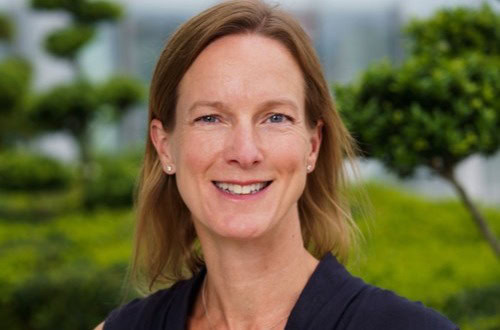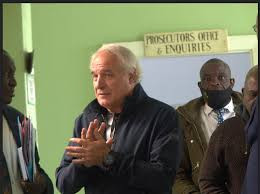
ONLY 29% of Harare’s population has access to piped water while the majority draws its water from boreholes and other unprotected sources, a new study has revealed.
BY PHILLIP CHIDAVAENZI
According to the Multiple Indicator Cluster Survey (MICS, 2014)’s report released last month by Zimstats, the majority of the city’s residents – accounting for 68,7% – rely on boreholes, wells, spring and rainwater for domestic purposes.
The survey was part of the global MICS programme to measure key indicators through which countries generated data for use in crafting policies and monitoring progress towards the realisation of the Millennium Development Goals (MDGs).
This comes amid reports that the capital city was losing over 50% of its purified through leakages and vandalism of pipes.
The report, however, noted that Bulawayo residents had greater access to piped water as compared to Harare.
“Use of piped water as a source of drinking water in Harare province was 29,0% as compared to 98,1% in Bulawayo,” reads the report.
“In Harare, 68,7% of the population used water from a tube well/borehole, protected well, protected spring, rainwater collection or bottled water while this proportion is only 1,3% in Bulawayo.”
- Chamisa under fire over US$120K donation
- Mavhunga puts DeMbare into Chibuku quarterfinals
- Pension funds bet on Cabora Bassa oilfields
- Councils defy govt fire tender directive
Keep Reading
According to the report, residents in predominantly rural provinces such as Mashonaland West and Midlands, 27.3% and 27.7% respectively, used piped water.
The situation was, however, different in Masvingo and Mashonaland East were 13,5% and 12,1% used piped water respectively.
The provinces with the highest use of unimproved water sources were Masvingo (35.8%), Mashonaland Central (34,1%), Mashonaland West (31,4%) and Matabeleland North (30,9%).
Overall, 76,1% of the population was using an improved source of drinking water in urban areas and rural areas pegged at 98,4% and 67,5% respectively.
Harare and Bulawayo provinces (the major cities) were at 97,2% and 98,9% respectively.
“The proportion of household population using improved sources of drinking water increased with the education status of the head of household and higher socio-economic status,” said the report.
The Millennium Development Goal number 7C is aimed at reducing by half the proportion of people without access to safe drinking water and basic sanitation between 1990 and 2015.











